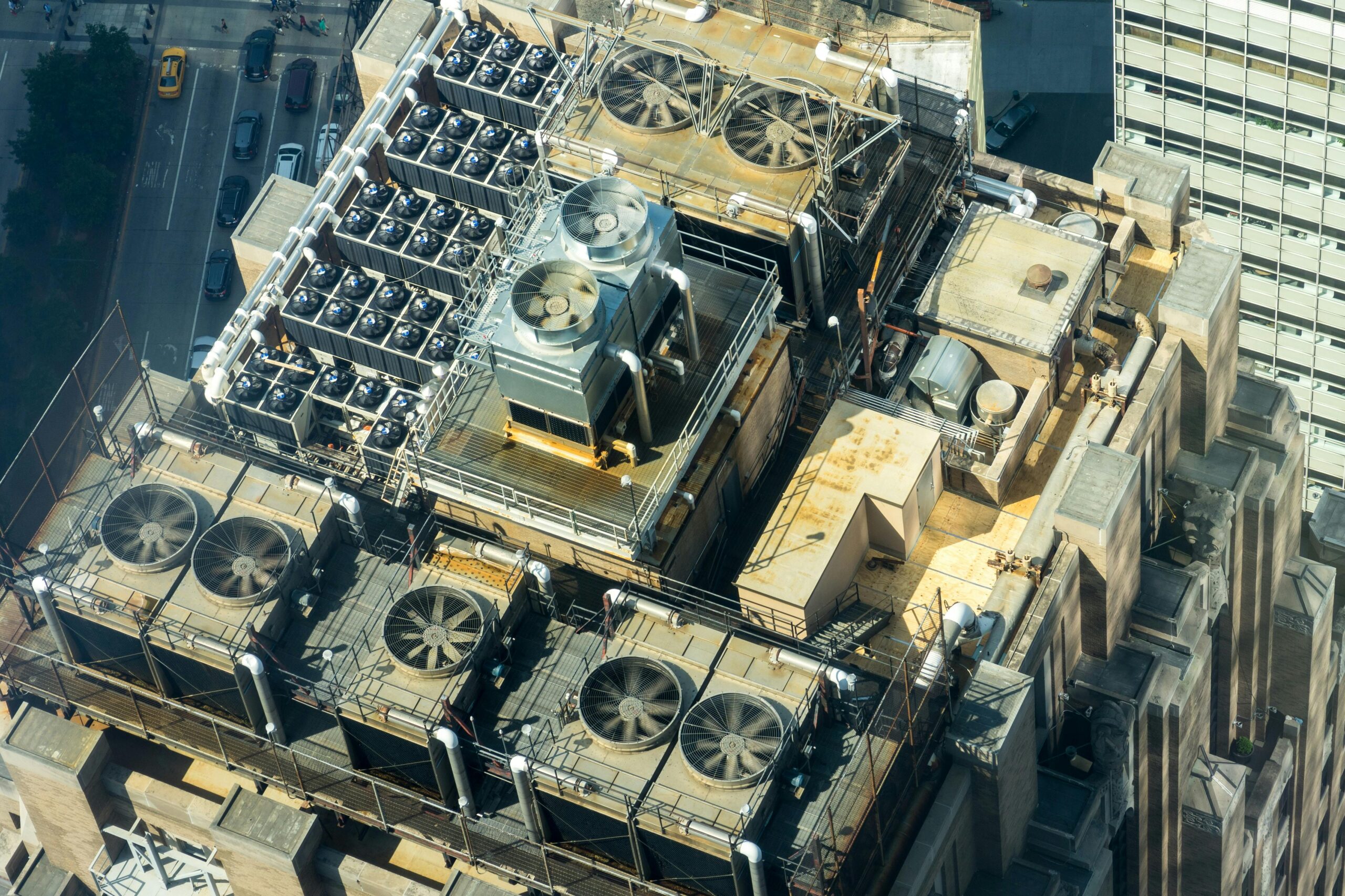 The nightmare started with a faint popping sound...
The nightmare started with a faint popping sound...
Residents of Conyers, Georgia soon awoke to towering plumes of orange and black smoke. The air was thick with the stench of chlorine... a clear sign that something had gone horribly wrong.
By 6:40 a.m., the fire was out of control. Emergency responders scrambled to the scene, battling a blaze that had already engulfed a nearby chemical plant.
Officials ordered 17,000 residents to evacuate. Another 90,000 were told to shelter in place. Families huddled indoors, hoping to avoid the toxic cloud.
Interstate 20, a major highway through the area, was shut down... bringing traffic to a standstill. Schools closed. Businesses shuttered. Hospitals braced for an influx of patients with respiratory issues.
Initial containment efforts seemed successful – until the fire reignited around noon. It wasn't until late afternoon that responders finally brought the inferno under control. But the damage was done.
And the worst part was... it was all preventable. All Conyers needed was a safety system.
 The fire started at the BioLab chemical plant in the early hours of September 29, 2024...
The fire started at the BioLab chemical plant in the early hours of September 29, 2024...
A fire watch employee at BioLab's Plant 12 noticed it first.
Investigating the noise, they discovered water-reactive chemicals soaked by a malfunctioning sprinkler system. Flames erupted within minutes, breaching the warehouse roof and spewing poisonous smoke into the predawn sky.
This wasn't the first time BioLab faced such a catastrophe. A similar emergency at the same facility in 2020 raised serious questions about the company's safety protocols.
For the people of Conyers, the disaster left a lasting mark. Even after the flames were extinguished, the air carried a lingering haze of chlorine. Residents remained on edge. Businesses filed claims for lost revenue, and families demanded answers. Some lawsuits mentioned millions of dollars in damages.
The Conyers fire is a stark reminder of how quickly an emergency can spiral out of control when safety systems fail. It underscores the critical need for reliable equipment... rigorous maintenance... and comprehensive emergency-response plans.
Without them, communities, businesses, and lives are at risk.
 Thankfully, the U.S. is getting serious about safety...
Thankfully, the U.S. is getting serious about safety...
We're building a lot of new domestic infrastructure, particularly around artificial intelligence ("AI").
The AI industry is booming right now. Nearly every company in America leans on it to some degree. Small businesses use AI to automate simple back-office tasks, like scheduling meetings and tracking expenses. At bigger firms, this advanced tech automates cybersecurity solutions, strengthens marketing campaigns, and even performs medical procedures.
According to an Anthropic Economic Index report earlier this month, 40% of U.S. employees use AI at work. That's up from just 20% of employees in 2023.
Such rapid mass adoption means a lot more demand for not just AI programs themselves, but also the infrastructure that supports them. We're building data centers to house sprawling AI server farms and power plants to run them. And we're doing it as fast as possible.
But speed isn't enough.
This new world must be developed safely – so we can avoid the kind of disaster that hit the town of Conyers.
That's why the real stars of the show are safety-first companies like heating, cooling, and fire safety giant Johnson Controls (JCI). These names aren't as glamorous as the Nvidias of the world. But they're critical to making sure all the new infrastructure is reliable and up to code. And they offer strong upside. Johnson Controls is up 35% this year alone.
When thinking about how to play the AI boom, don't overlook safety-first companies.
As long as we keep building, these kinds of stocks will benefit.
Regards,
Joel Litman
September 29, 2025



 The nightmare started with a faint popping sound...
The nightmare started with a faint popping sound... 

